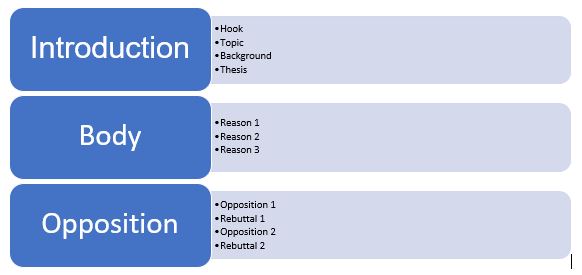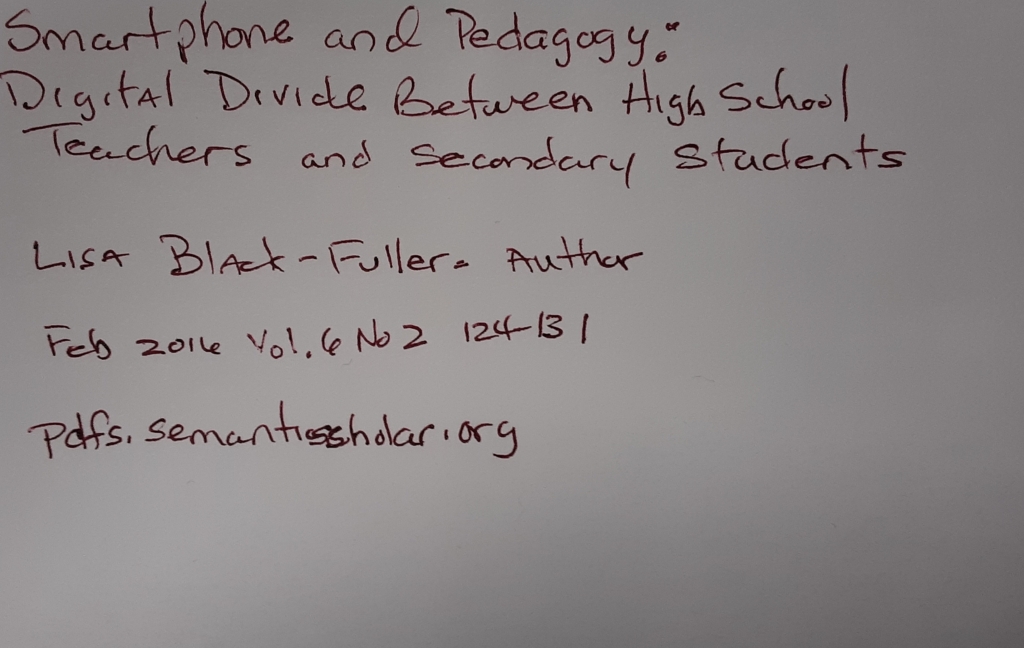What is it and how to avoid it

According to the Merriam-Webster Online Dictionary, to “plagiarize” means:
•to steal or pass off (the ideas or words of another) as one’s own; use (another’s production) without crediting the source.
• to commit literary theft: present as new and original an idea or product derived from an existing source.
Most students know that to pass off another’s work as his or her own is considered intentional plagiarism. “Intentional” means that the writer has purposefully, with dishonest intent, taken the words of another and placed their name as the author of the sourced material. To those in academia, intentional plagiarism is the most flagrant abuse of plagiarism.
However, many instances of plagiarism in academic student writing would be considered unintentional, or not done with dishonest intent. Plagiarism that is unintentional (not done by intention or design) could fall under the umbrella of failing to cite properly, failing to use quotation marks, or paraphrasing incorrectly. It’s essential for students to understand exactly what constitutes both types of plagiarism, and how to avoid it.
Plagiarism Examples
Which scenarios below are considered plagiarism?
Scenario 1:
Your research essay assignment requires you to use five sources. You scan the internet and library databases and find a few articles that fit your needs. You cut and paste the quotes you want to use into your paper. Each source you’ve cut and pasted is listed in your Works Cited.
Scenario 2:
You have found the perfect sources to use in support of your argument. After choosing the section you want to paraphrase, you carefully change a word or two in each sentence so it is not worded exactly the same as the source article. Since you’ve reworded the quotes, you don’t worry about listing in the Works Cited.
Scenario 3:
You have used several direct quotes in your research paper. While you have not included author or attributive tags, you have cited the sources in the text.
Each of the previous scenarios could be considered plagiarism, as each example lacks some key elements.
Unintentional Plagiarism
One type of unintentional plagiarism is when a student uses words or ideas of another and fails to give the original source credit. This lack of acknowledgment usually happens when students are learning how to integrate research into their papers. This can be remedied by simply learning how to cite properly. The following direct quote is from an essay by Roger Sipher. For our purposes, the examples are utilizing MLA citation style.
Incorrect Direct Quote:
“A decline in standardized test scores is but the most recent indicator that American education is in trouble.”
As you can see in this example, there is no in-text citation or parenthetical reference at the end of the quote and before the final period to identify the writer or source. Who said it? Where did it come from?
When incorporating direct quotes, always include some kind of introductory or author tag along with direct quotes, as direct quotes should never stand alone as a sentence. This means that a direct quote should always have other words in the sentence, either before the quote begins, in the middle (if breaking up quote), or at the end of the sentence.
Correct Direct Quote:
According to Sipher, “A decline in standardized test scores is but the most recent indicator that American education is in trouble” (25).
The second example has not only included the page reference (25) to the source, but also added a few words of introduction, called an author or attributive tag. Regardless of whether you directly quote, summarize, or paraphrase, the original source must always be cited in the text, as well as listed on the Works Cited or Reference page.
When you want to directly quote a source, take care to put quotation marks around all of the words that came from the source, whether it’s one word or fifty. Inserting exact wording from a source without using quotation marks is also a form of plagiarism, whether you cite the source or not.
Incorrect:
A decline in standardized test scores is but the most recent indicator that American education is in trouble (Sipher 25).
In this example, the writer has used the exact quote, which should have quotation marks around it to the reader identifies it as an exact quote.
Correct:
Roger Sipher, author of, “So That Nobody Has To Go To School If They Don’t Want To,” states that “A decline in standardized test scores is but the most recent indicator that American education is in trouble” (25).
Paraphrasing & Summarizing
Paraphrasing and summarizing are used in research papers when you don’t want to use a direct quote. When paraphrasing, you’ll take a passage from source material and put the language in your own words. A summary is much shorter, and usually takes a broad overview of the subject in your own words.
When you want to paraphrase or summarize, you must not only change the words of the original source, but the sentence structure as well. Simply replacing one word with a synonym is not enough to avoid plagiarism.
When paraphrasing or summarizing, always read over the source material several times. You should understand it so well you could potentially have a conversation about it with a peer and communicate all the major points. When you know it this well, you are ready to paraphrase or summarize.
Original Material:
Childhood obesity is a serious medical condition that affects children and adolescents. It occurs when a child is well above the normal weight for his or her age and height. Childhood obesity is particularly troubling because the extra pounds often start children on the path to health problems that were once confined to adults, such as diabetes, high blood pressure and high cholesterol.
Poor Paraphrase:
Obesity in children is a serious condition that affects children and teens. It occurs when a child is above the normal weight for his or her age and height. Childhood obesity is particularly worrisome because the extra pounds often cause kids to have health problems, such as diabetes, high blood pressure and high cholesterol.
Poor Summary:
Obesity in children is a serious condition.
Notice that in the poorly paraphrased example, a few words were omitted and a few were changed to a word with the same meaning. The sentence structure – the order of the words in the sentences – however, has not been altered. Avoid cutting and pasting, then simply omitting one word for a synonym.
In the summary example, the writer has simply cut and pasted most of the first sentence word for word. Again, read over a passage and put into your own words.
Final Thoughts
Failing to use quotation marks, failing to cite properly, failing to add a Works Cited or Reference page, or failing to take care when paraphrasing and summarizing can all be troublesome and puts you at risk for plagiarism. Plagiarism comes in many forms, but once you understand how to correctly cite and quote research, as well as how to paraphrase and summarize, you can avoid most unintentional plagiarism errors.




















